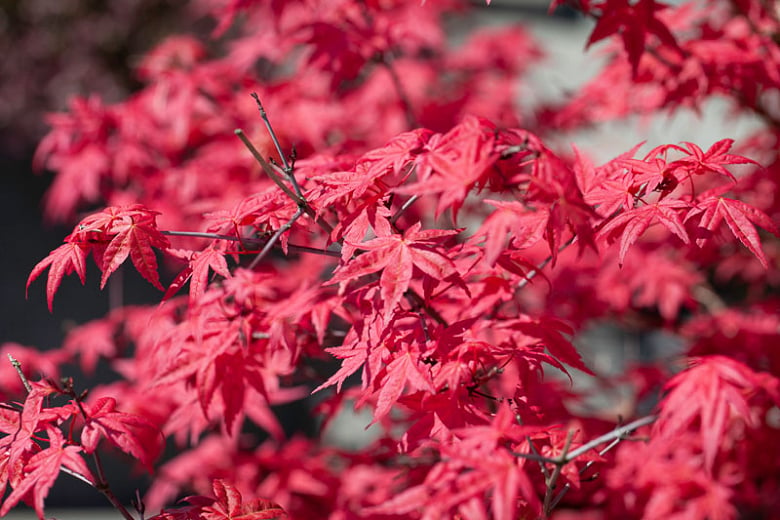Table of Contents
In the vast realm of ornamental trees, the Acer, also known as the maple tree, stands out with its enchanting beauty. Whether it is the vivid reds of autumn or the brilliant greens of spring, Acer casts a mesmerizing spell on everyone who looks at it. But behind this natural beauty lies the art and science of extreme care. Every tree has its charm and rhythm, needs, and tender attention. For Acer, one of the most crucial questions is about its pruning. You must have wondered when to prune acer; the answer lies in the heart of its care regimen.
In this blog, we explore the world of Acer maintenance, ensuring that the tree remains a prominent part of nature’s wonders.
Understanding the Beauty of Acer
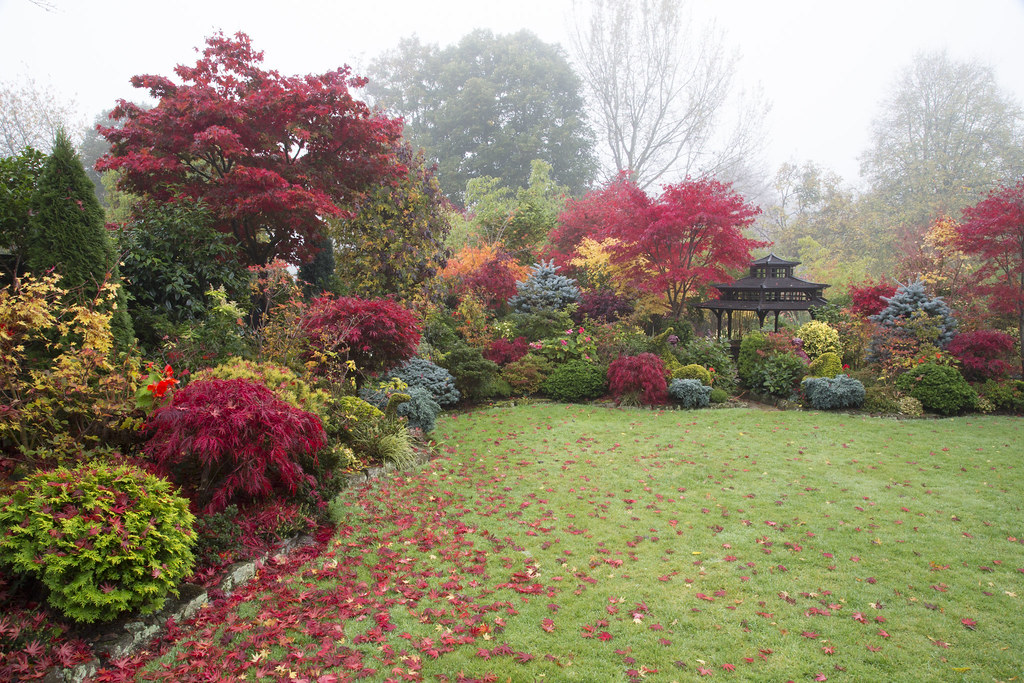
The Acer tree, known as the maple tree worldwide, is the epitome of nature’s detailed design. Belonging to a genus with over a hundred species, each Acer tree has a unique charm and characteristics. While some are admired for their autumn colors, others are celebrated for their branches and elegant patterns. Native to various parts of the world, from chilly North American climate to temperate zones of Asia, the adaptable nature of Acer is awe-inspiring. The beautiful appearance is more than just beauty; it reflects a rich lineage and evolution. Understanding Acer is an integral part of appreciating the beauty of this tree, the one that has evolved to fit various places and cultures.
Essential Care Elements
1. Soil

The Acer tree grows well in well-draining soil. Before planting the tree, ensure that the soil is enriched with organic matter. A slightly acidic pH is preferred with regular mulching for enhanced soil moisture retention and health management.
2. Sunlight
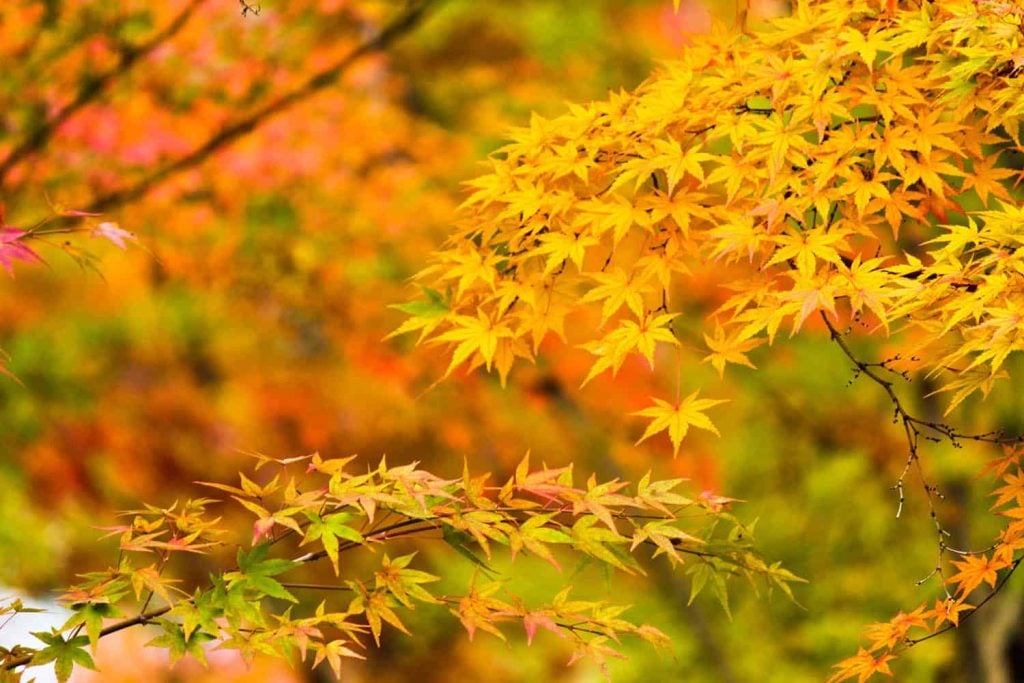
While Acer trees appreciate sunlight, they can burn under harsh sunlight. It is recommended that the trees grow under a location with ample morning sunlight and moderate to shady mid-daylight.
3. Watering

Acer trees require consistent watering, especially young saplings and trees. While the trees may be resistant to droughts once they are fully grown, making sure they get ample water helps maintain their vibrant colors.
4. Pests and Diseases
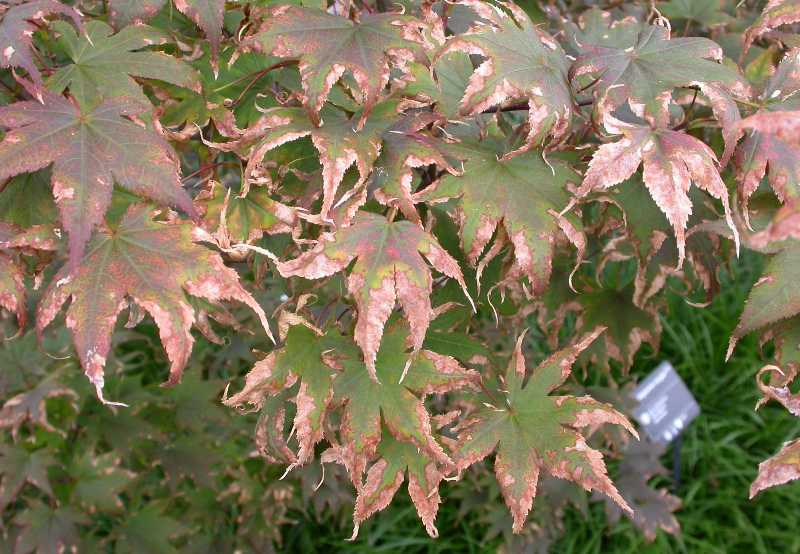
Acer trees are easy prey to pests like aphids and diseases like Verticillium wilt. It is crucial to inspect the tree regularly for signs of distress, and most issues can be addressed quickly with organic or chemical treatments if identified in their early stages.
The Art and Science of Pruning
Pruning is one of the most crucial parts of growing and caring for an Acer tree. But the top question remains when and how to prune acer for its optimal health and aesthetic appeal.
1. Ideal Time

Late summer to early autumn are best suited for pruning. The sap flow slows down during this time, reducing the chances of ‘bleeding,’ which attracts pests and diseases.
2. Why to Prune
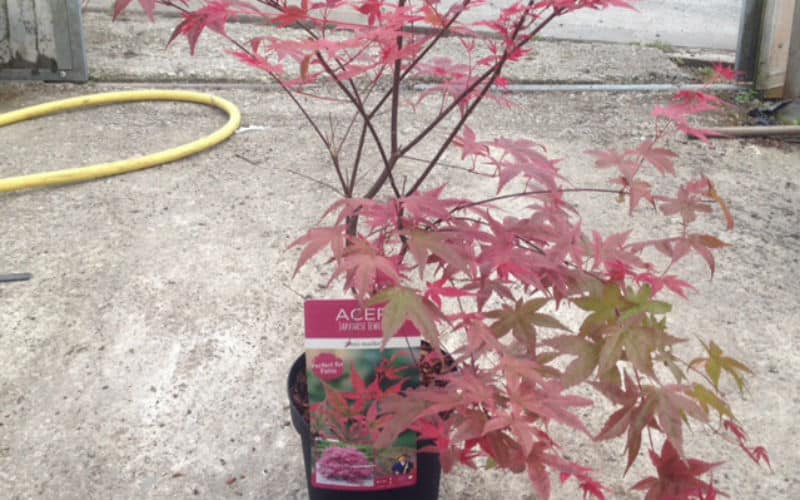
Pruning is not just beneficial in aesthetics; there are multiple ways that pruning helps the tree:
- Removing dead or diseased branches.
- Ensuring optimal air circulation and sunlight penetration.
- We are enhancing the tree’s structure and form.
3. How to Prune Acer
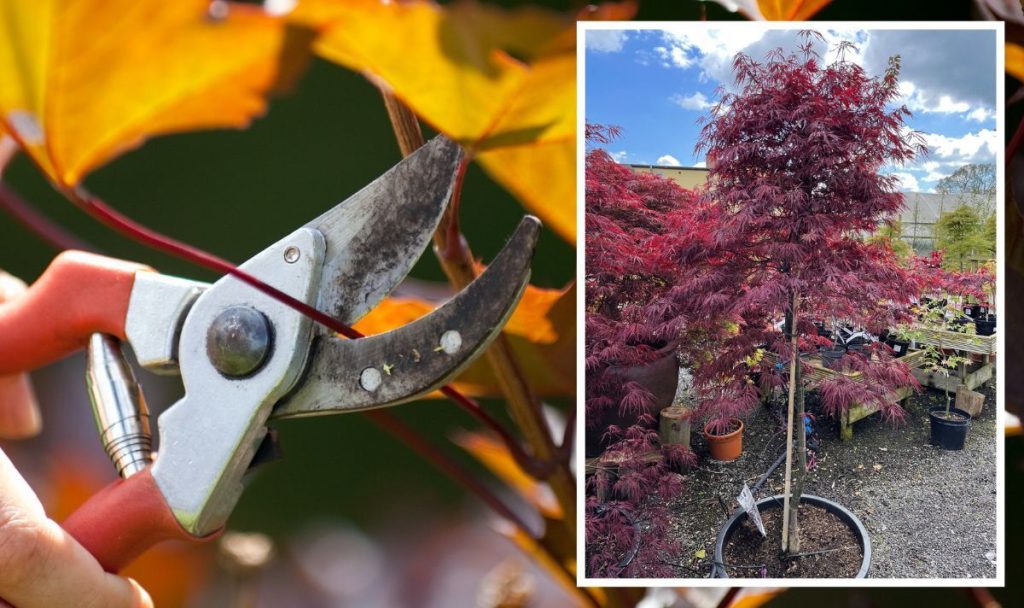
It is recommended to use sharp and sterilized tools. It would help if you started by removing any dead or diseased wood, followed by thinning the crowded areas. It is always better to under-prune the tree than to over-prune it. You can even call professionals for assistance.
Seasonal Care Tips
It is essential to determine the importance and relevance of providing care to this plant differently in different seasons. It requires our utmost concern to deal with the magical and charismatic aspect of this tree. So, detailing the importance of its nourishment below, we have detailed the tips that every Acer owner must diligently follow in the different seasons.
1. Summer
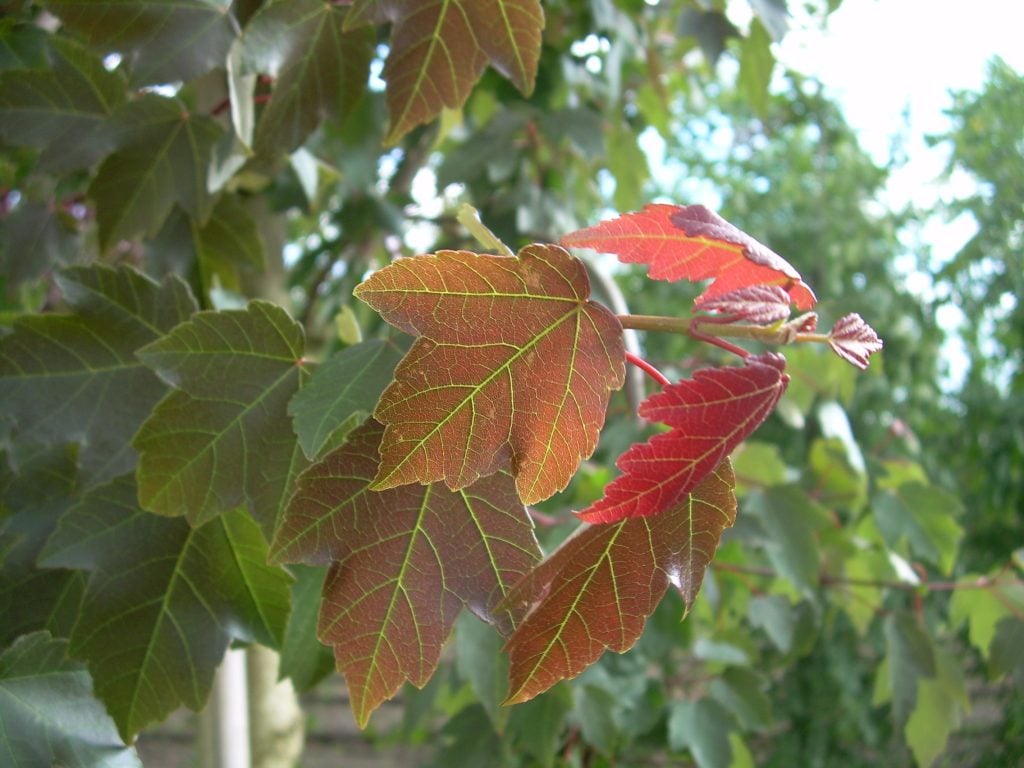
It is essential to watch out for leaf burn; consider using a shade cloth if the tree is under direct sunlight for an extended time. Water the tree regularly.
2. Winter
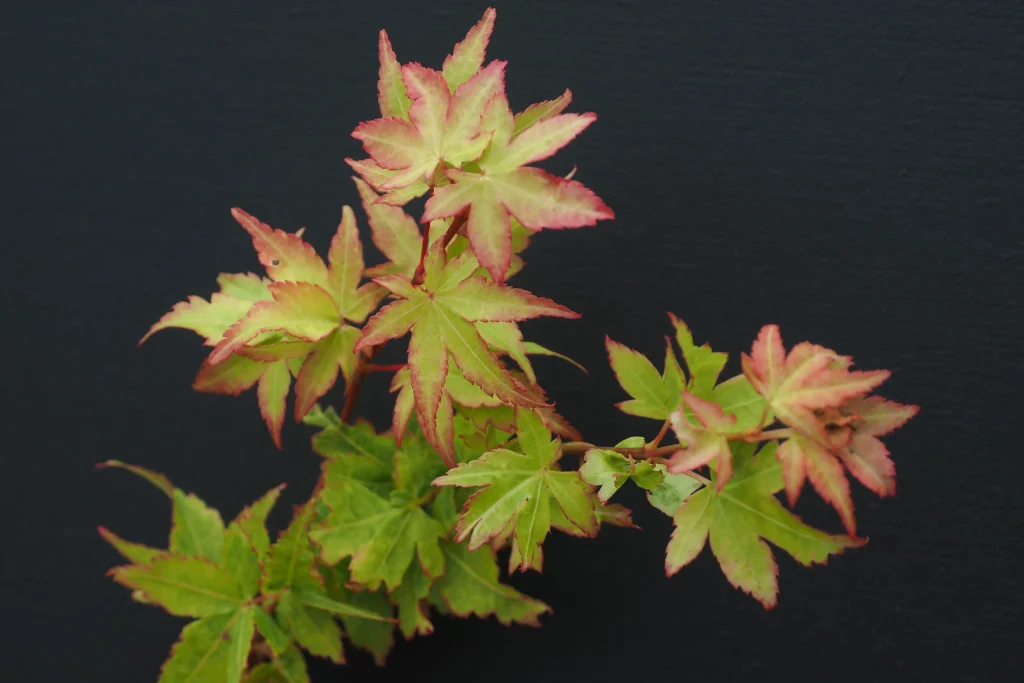
Protect the trees from harsh frosts. Wrap the trunk in burlap to shield them from winter winds and frosts. This will ensure additional safety for the tree and the utmost care they require in harsh weather conditions.
3. Autumn
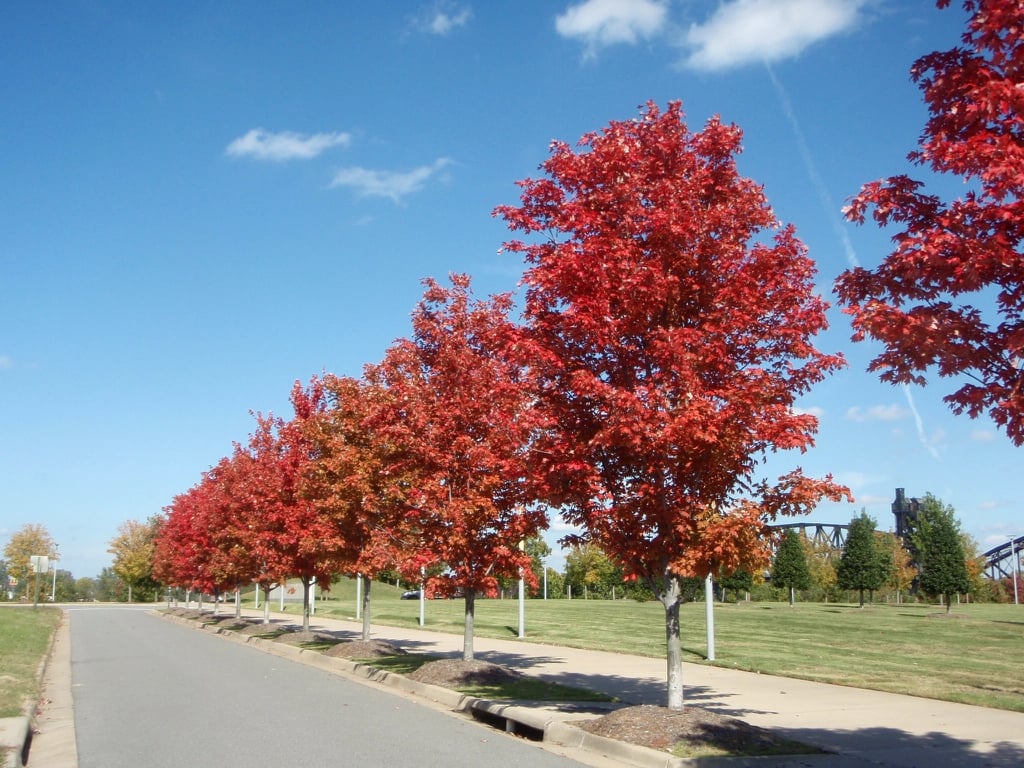
This is the best time for Acers to grow. You can enjoy the bright colors as the leaves drop and can collect them to use as compost. This is one of the finest moves to bring the relevance of acer into use adequately. You must diligently proceed to bring out the best in the overall setup.
4. Spring
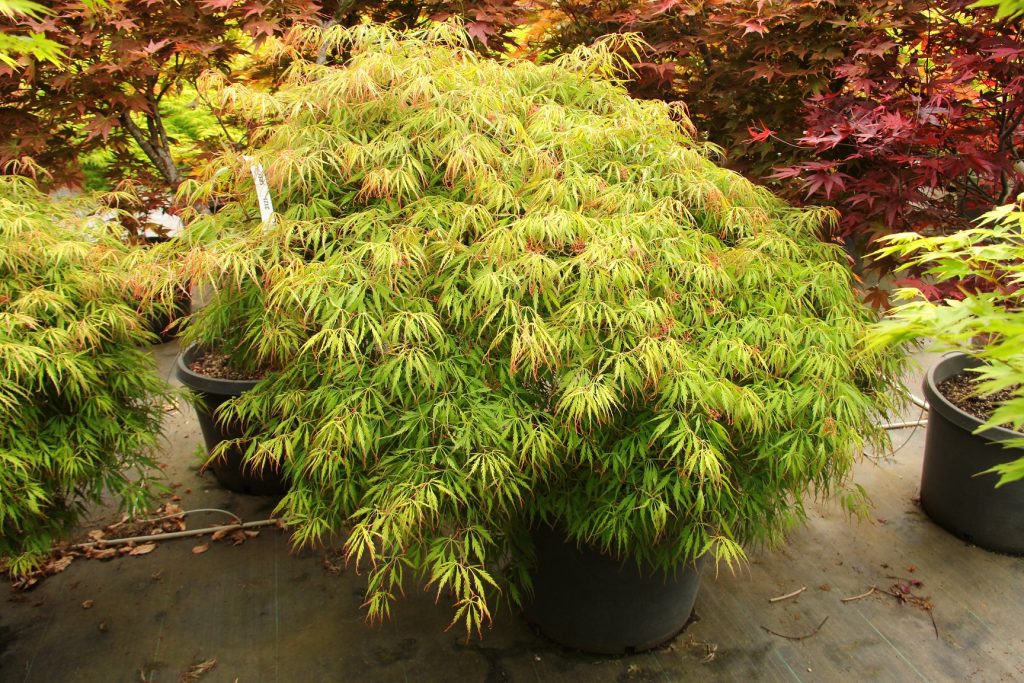
As the buds break, make sure that the trees get ample water. It is an excellent time to feed and mulch the tree with a balanced fertilizer.
Conclusion
The Acer, with its many colors and delicate form, is a visual delight. Their essence, however, stretches beyond its ornamental appeal. For centuries, Acer trees have made their way into culture, symbolizing strength, grace, and endurance in various traditions. They even symbolize change, where the shifting colors depict the changes in life. Their wood is also used in crafting and furniture, adding to its practical value.
These trees are the perfect blend of heritage, utility, and ecological significance, becoming a treasure in the garden and nature. Understanding the tree and its needs is as important as the tree itself. Knowing when to prune Acer ensures it thrives in all its glory.
Please let us know our views and share your set of guides on how you provide care to the Acer in the comments down below!

